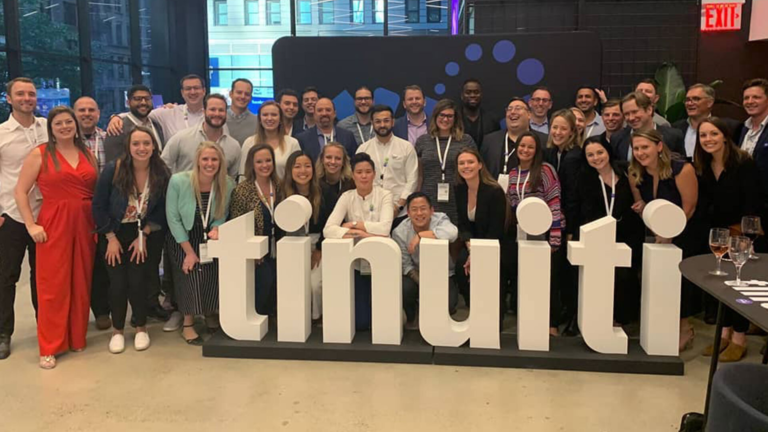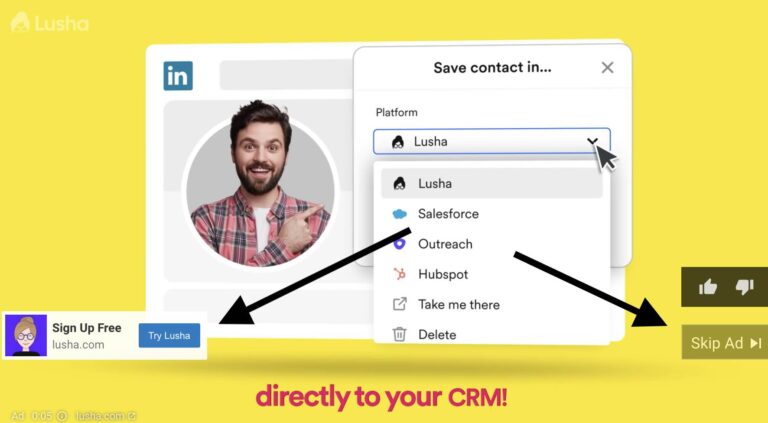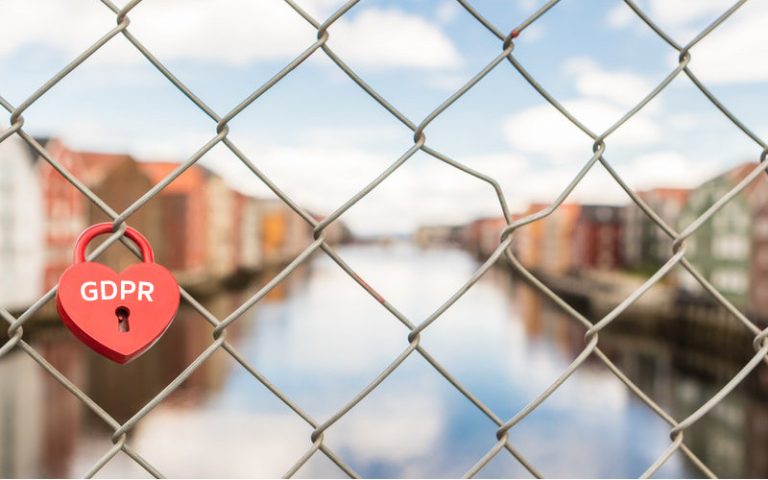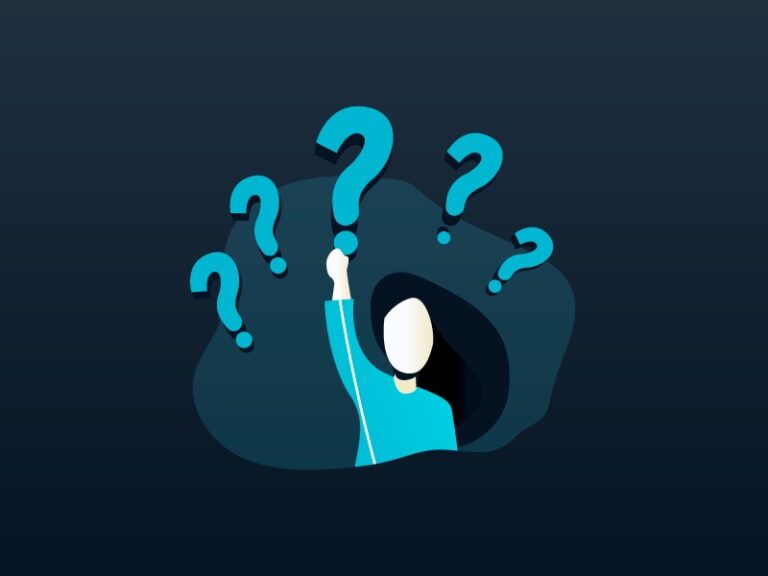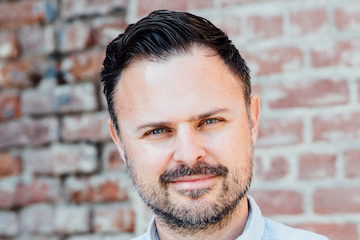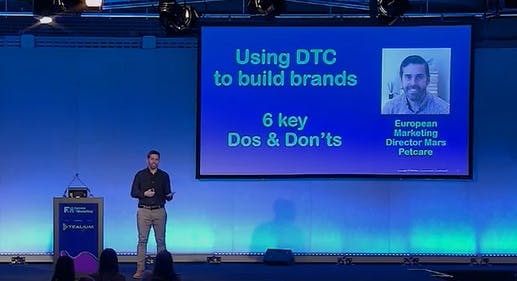
Beyond engagement, these initiatives served another purpose. They built communities. An initiative that can potentially deliver an ROI of over 4,000%. This is because connecting customers over common experiences and interests makes them connected and these members return to spend more with the brand over time.
There have been many achievements I’m proud of at LoyaltyLion – from hitting 100 employees, becoming the first Shopify Plus technology partner, to securing investments. But the biggest achievement of my career so far is hitting 10,000 clients.
What do retail brands need to do to capture loyalty, post-pandemic?
Customer Retention Best Practice Guide
My advice would be to bring customer loyalty and retention into the heart of all your marketing. And to integrate a loyalty program with all your existing technologies. By always having your sights set on improving this, you’ll see the results trickle down into all areas of growth. For example, when it comes to keeping CACs low, focussing on building the loyalty of your existing customers will help. By paying them special attention, they’re going to respond positively and will be motivated to act as advocates on your behalf. They’ll leave positive reviews and recommend you to their friends.
We caught up with him to ask all things ‘loyalty’, such as how ecommerce brands can retain customers post-pandemic, what successful loyalty schemes look like today and why a certain brand has captured his own continued custom.
There are two that come immediately to mind.
I’m the Co-founder and CEO of LoyaltyLion. My role is vast and varied, which is why I love it. Right now, a lot of my time is spent thinking about our plans for growth in 2022 (and far beyond) and how our new US office will operate.
Cook, the company that provides “remarkable food for your freezer”. Not only do they solve a real problem with a high-quality product, but they have incredibly high-standard company values. They were one of the first certified B corporations in the UK stating that, “there is a better way of doing business than the conventional capitalist approach that pursues profit at all costs”.
Do traditional loyalty schemes still hold as much value today as they did three years ago?
To react, merchants need to extend their loyalty program set-up beyond just points and discount-based rewards – they need to think bigger. Now’s the right time to do this too. The feelings towards discounts are changing. We discovered that experienced-based perks can give customers as much of a high as saving money can.
Trendsetters in the ecommerce space will be those who shift towards deploying alternative incentives alongside discounts that maximise lifetime value and the longevity of their promotional activities.
When we looked at comparing the way shoppers feel about discounts, versus experience-based perks, there wasn’t much difference. Seventy six percent of consumers told us they felt positive about a brand that offers discounts. Whereas 77% said they felt positive about brands that offer them loyalty points.
Over the pandemic, the ecommerce market saw growth no one expected. And this acceleration of ecommerce is going to be permanent. Adobe recently published that the pandemic boosted online spending by 3 billion over the past year. On top of that, Americans are on track to spend trillion online in 2022.
In the end, customers who are members of loyalty programs return and repeat purchase more frequently. In fact, customers that redeem rewards through a LoyaltyLion powered loyalty program have a 164% higher annual spend than non-loyalty program members.
Post-pandemic, retailers need to take note of lessons learned from the pandemic. Emotional connections and community are what will drive long-term loyalty.
What brand are you loyal to and why?
Customers were interested too. We saw that the amount of points earned and redeemed through our loyalty programs was 44-56% higher than the amounts we would classically see before the pandemic hit.
There is no such thing as a typical day for me right now thanks to being both a first-time parent and puppy owner, so we’ll have to see how the coming weeks unfold.
But there have been some changes too. What has changed since the simple stamps on a loyalty card is the nature of the rewards customers expect. A free cup of coffee isn’t going to cut it anymore. They want to engage with brands in ways that are emotional, rather than purely transactional. Over half of consumers said their loyalty would be won by a brand if they had an emotional connection to it.
What emerging trends/innovations within ecommerce excite you the most?
The second trend I’m excited about is the potential for merchants to refresh their discounting strategy – especially around key retail peaks (like Black Friday). Discounts on their own can damage profits and brand reputation. In fact, our recent research showed that 60% of customers feel that Black Friday discounts aren’t as good as they expect them to be.
In short – yes. The psychological drivers of traditional loyalty schemes are still applicable today. Shoppers are motivated to return and spend if they are rewarded. A loyalty program also makes customers feel instantly gratified and creates a positive brand perception.
New customers will trust these recommendations from real people and will convert quicker. You’ve then acquired new customers more cost-effectively than pouring your marketing coins into classic acquisition channels. If brand awareness and social media growth are your focus, a loyalty program will help. You can reward customers for following you on your key social channels. Plus the exclusive rewards you’ll offer will motivate customers to have candid brand conversations about you on social media.
Brands that push ahead of the pack though will be the ones that see loyalty programs as a way to drive more value than ever before. With conscious consumerism on the rise, loyalty programs are the connector that brands should use to show they care about the impact they’re having. Some use their loyalty program to let customers donate to charities using the points they’ve earned or encourage them to return packing to be recycled in exchange for loyalty points.
By integrating a loyalty program with your other existing technologies you’ll see a better return on your investment from each tool too. This is because you’ll have a centralised way to personalise your customers’ experiences. You can:
First is the changes to first-party data collection. Some brands might see this as a blocker. But, I think of it as an opportunity. The changes mean that if a customer gives their personal data over to you, they’ve done it because they trust you with it. This means that ecommerce retailers can become more sophisticated at personalising the online experience to build stronger and more meaningful emotional connections.
What advice would you give a marketer in your industry right now?
It’s a humbling experience to know that we’re helping so many merchants all across the world create amazing experiences for their customers. Ten thousand merchants using LoyaltyLion means millions of shoppers having a better online experience and being valued for their loyalty. These experiences are what make customers fall in love with brands and, sometimes, shop with them for life.
To combat this, there’s potential for merchants to offer alternatives to discounts that protect their profit margins and improve the lifetime value of their customers. Turns out, these alternatives will make customers just as likely to buy from brands over peaks as discounts. 76% said that discounts would make them buy from a brand this Black Friday. But equally as lucrative were perks like free shipping (76%) and loyalty points (73%).
Data points extracted from loyalty programs will be vital in helping ecommerce brands achieve the above. When a customer has created a loyalty program account (and shared their personal data) they’re saying they trust you and want to hear from you. We’ve seen that emails sent through a loyalty program have a 2.5x higher open rate than generic, promotional emails, which proves our point. Customers are essentially saying, “I’m bored of generic emails, give me something that’s personal to me”. These personalised emails show customers updates on the points and rewards they’ve earned through their own experience with a brand, so they’re going to open it.
Because they were forced to start engaging with their customers entirely online, we saw a lot of our clients reprioritising. Instead of promotional and discount messaging, they decided to focus on building emotional loyalty instead. They got creative. Think lockdown playlists, daily yoga challenges, and online styling sessions. Some launched loyalty programs as well to elevate the online experience.
- Connect it with your email service provider (ESP) to send hyper-personalised emails that improve your click-through rates
- Integrate it with your help desk provider so your customer service teams feel empowered to give customers points and rewards to solve queries and maintain a positive brand perception
- Use loyalty points to get customers to opt-in for SMS marketing then use this channel to notify them of experiential perks
- Integrate a loyalty program with your POS systems so your store assistants can reward customers in-person, building the relationship face-to-face
When we describe LoyaltyLion, we always say we’re about more than just points and rewards. And this is true. We’re actually about helping our clients build longer-lasting relationships with their customers that stick. While at the same time making every ecommerce marketer’s job easier.
Tell us about your role at LoyaltyLion (and what a typical day is like for you)
By delivering on their promises, Cook has generated two types of loyalty from me: loyalty to the product because it’s high quality and solves a big problem. And loyalty to the brand because they built an emotional connection with me. Loyalty to a brand is always more enduring and for this reason, I expect Cook will continue to excel as a business.
They also understand their customers. When my wife and I had our first child, Cook offered us 10% off for 6 months. They understood that I needed them more now, but also knew I’d have plenty of expenses so they offered me a little help. By acting on this insight Cook moved our interactions from transactional to emotional.
The possibilities are endless. In a nutshell, building customer loyalty isn’t another plate to spin. Ecommerce marketers need to understand that it’s an essential lever to pull to see business-wide growth. By making it a focus, marketers will also save time and costs while they’re at it.
What has been the biggest achievement in your career so far?
This growth is obviously exciting. But, it does come with challenges. More stores in the market means more competition trying to pry away shoppers which tests customer loyalty. To secure loyalty post-pandemic, merchants need to learn lessons from how they adapted during the most difficult times and bring them forward into the present.
Charlie Casey is the co-founder and CEO of Loyalty Lion – a customer loyalty and engagement platform for fast-growth ecommerce merchants.
As a busy ecommerce marketer, you’ve got a load of KPIs to hit. It’s likely you’re trying to keep CACs low, retain your existing customers and increase brand awareness all in pursuit of high sales figures. And that’s just scratching the surface.
I’m also having a big part to play in our hiring processes at the moment as we’re looking to expand our c-suite to bring more bright minds into the business. Bigger picture, I’m always thinking about what comes next for LoyaltyLion, in terms of partnerships and product development.

